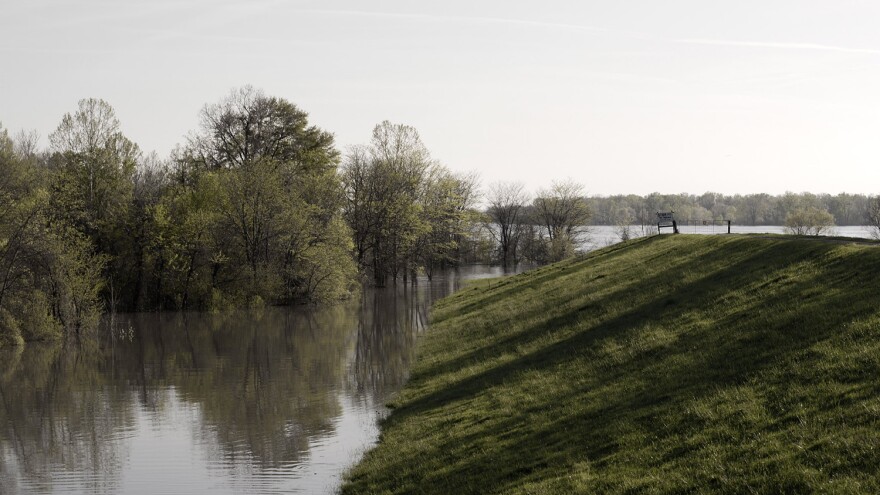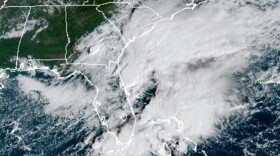A new study from North Carolina State University suggests that aging levees across the country might be in worse shape than inspectors realize.
Researchers conducted a case study of a levee in Princeville, N.C. The historically African American town founded by freed slaves is located in a floodplain and has endured recurring floods since its beginning. Princeville was hit especially hard during Hurricanes Floyd and Matthew.
Brina Montoya, an associate professor of Civil Construction and Environmental Engineering at NC State and a researcher on the study, said those floods may have caused internal damage to the levee that an inspector's typical tools would miss.
"Right now inspectors go out to levees and look for visual damage, and what we found in this study is that we are accumulating damage, but it's not visible," Montoya said.
Montoya said she hopes the new research can help improve methods for testing and replacing aging levees like the one in Princeville, which was built in 1967. The earthen embankments may have to stand up to more frequent flooding due to climate change.
"The levees are straining after each extreme event, to the point that they are no longer going to be able to hold back the floodwaters if we aren't able to identify when they need to be rehabilitated," Montoya said.
Levees are a common defense against flooding, but across the country they're stretching their expiration dates. According to Montoya, the earthen embankments are designed to last about 50 years and the average age of levees in the United States is 56. The Princeville levee was built 53 years ago and received extensive repairs in 1999 after Hurricane Floyd.
"Now that we're starting to have more flooding occur, it's not surprising that they might not be performing as well as we want them to be," Montoya said.









